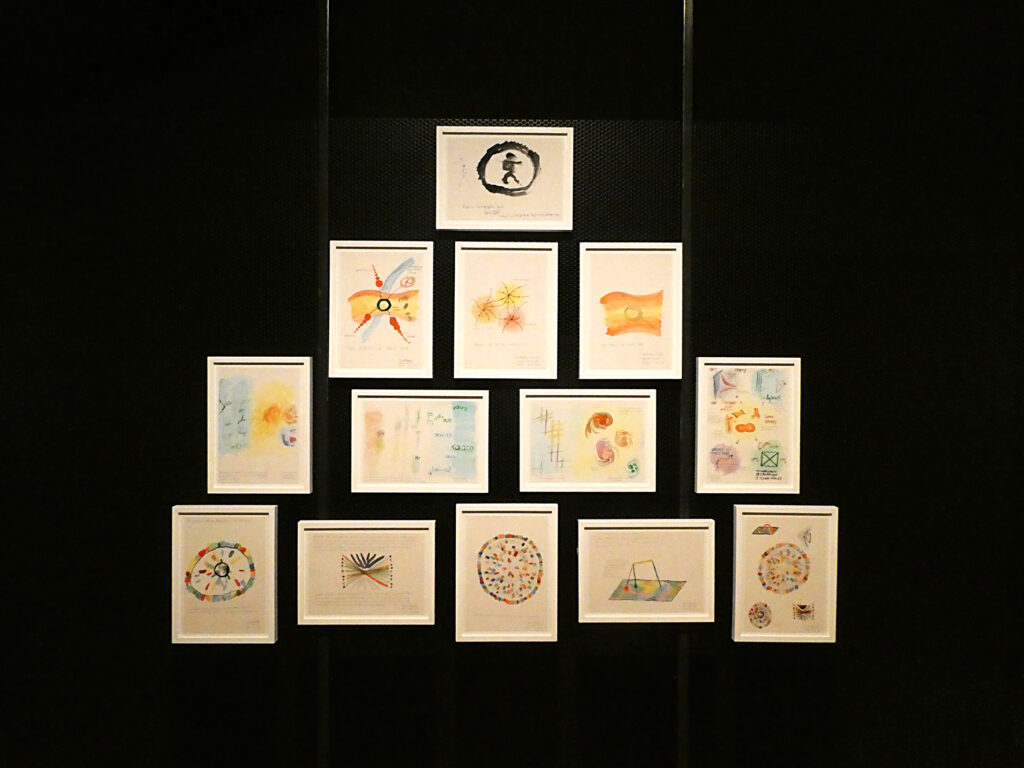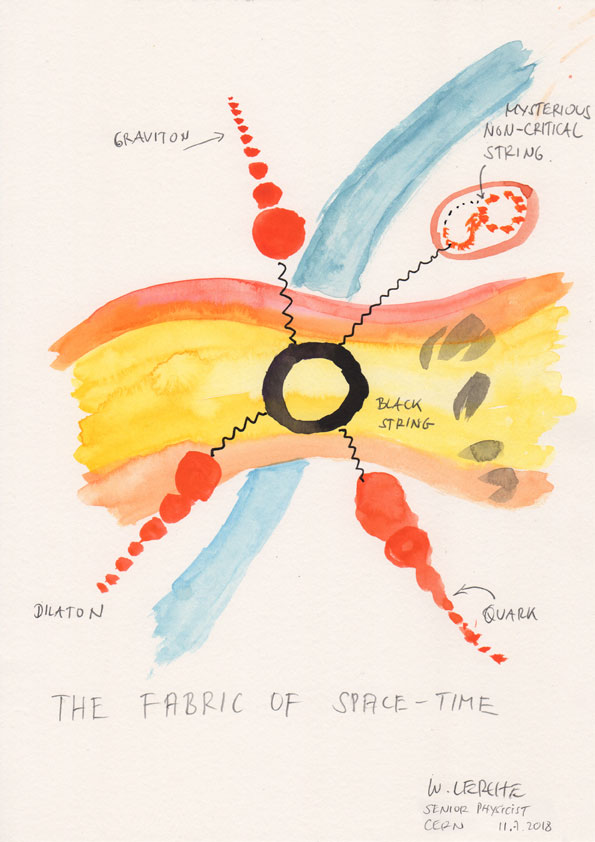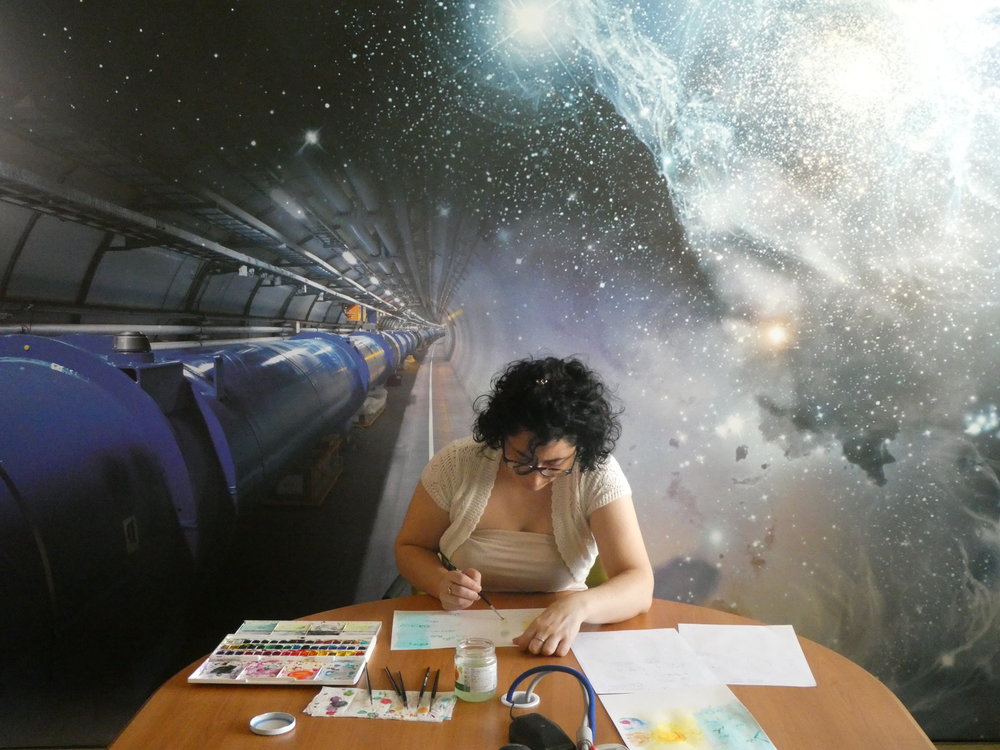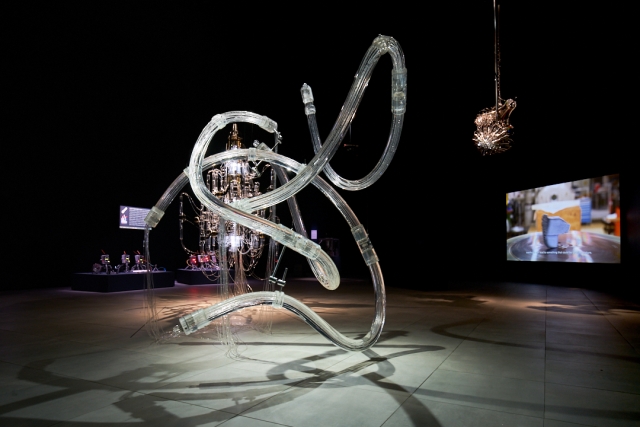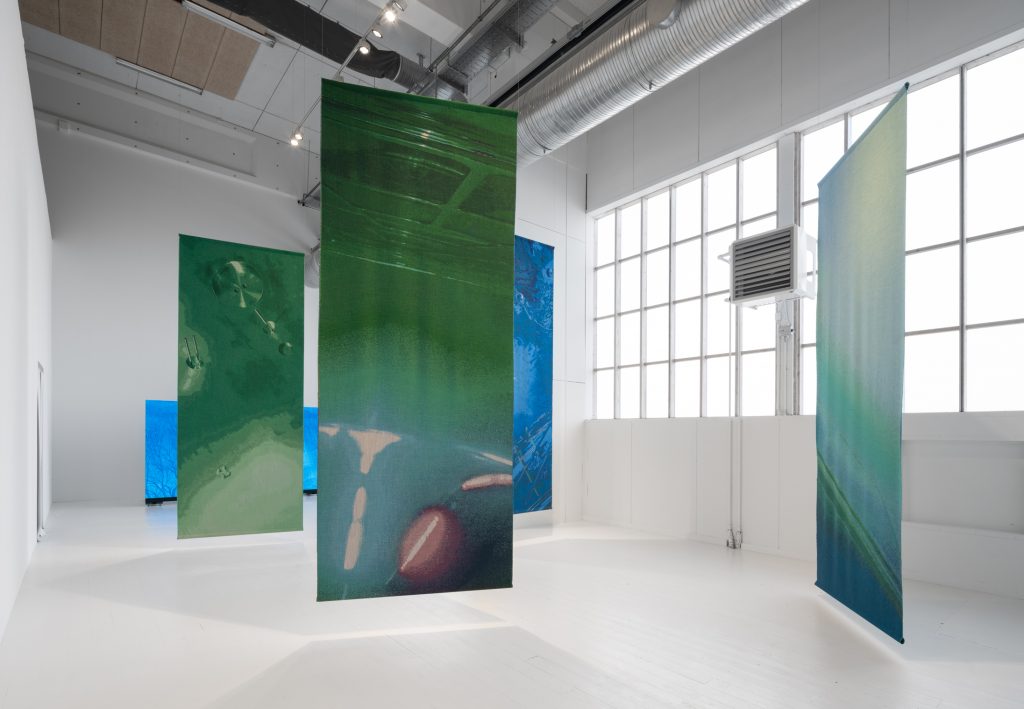- Artist
- Suzanne Treister
- Year
- 2018
- Medium
- Single-channel video (16:54 mins) with sound (51:16 mins)
- Artistic Residency
- Collide
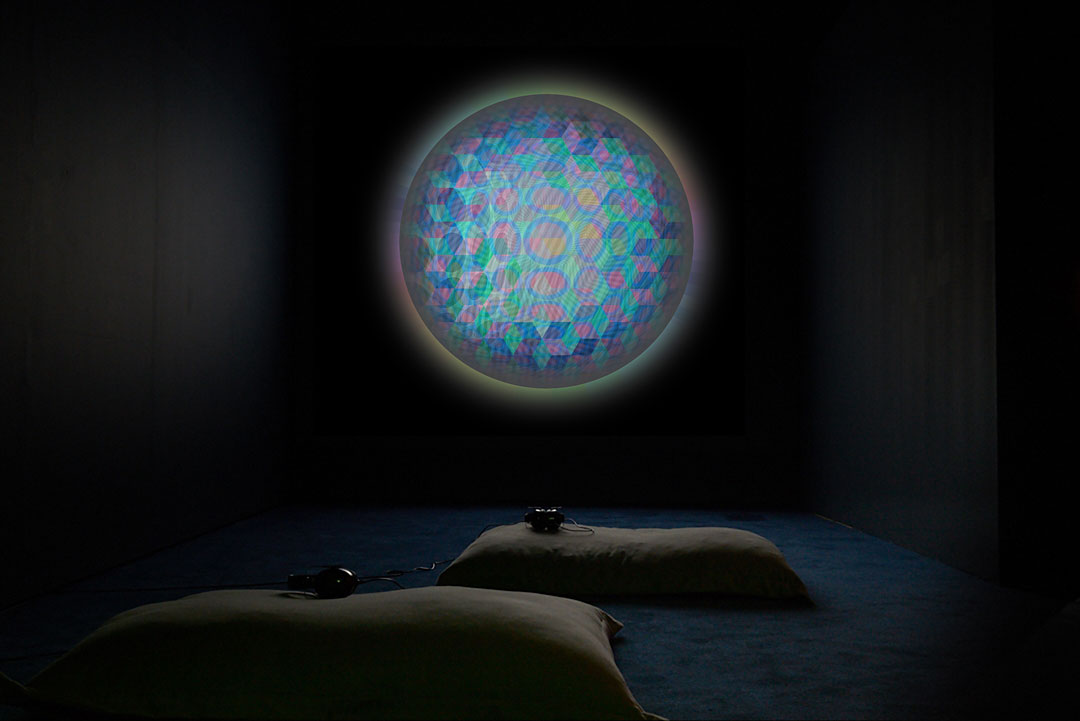
THUTHOA investigates the holographic principle, hypothesising that artists may have unconsciously attempted to depict the holographic nature of the universe throughout history
In The Holographic Universe Theory of Art History (THUTOAH), Suzanne Treister investigates the holographic principle and the theory that our universe could be a vast and complex hologram, and hypothesises that, beyond acknowledged art historical contexts and imperatives, artists may have also been unconsciously attempting to describe the holographic nature of the universe.
Projecting over 25,000 chronological images from art history (from cave painting to global contemporary art, including outsider and psychedelic art), Treister’s video work echoes conceptually the actions of CERN’s particle accelerator, the Large Hadron Collider (LHC), accelerating at 25 images per second in a looped sequence. Alongside this colossal library of images is a soundtrack of interviews with watercolours by the scientists at CERN that aim to describe the holographic universe principle.
THUTOAH hypothesises a reality that has perhaps been intuited over the ages, a reality beyond the already documented intentional depictions of spiritual, mystical or transcendent realities or altered states of consciousness; the reality of the holographic nature of the universe.

